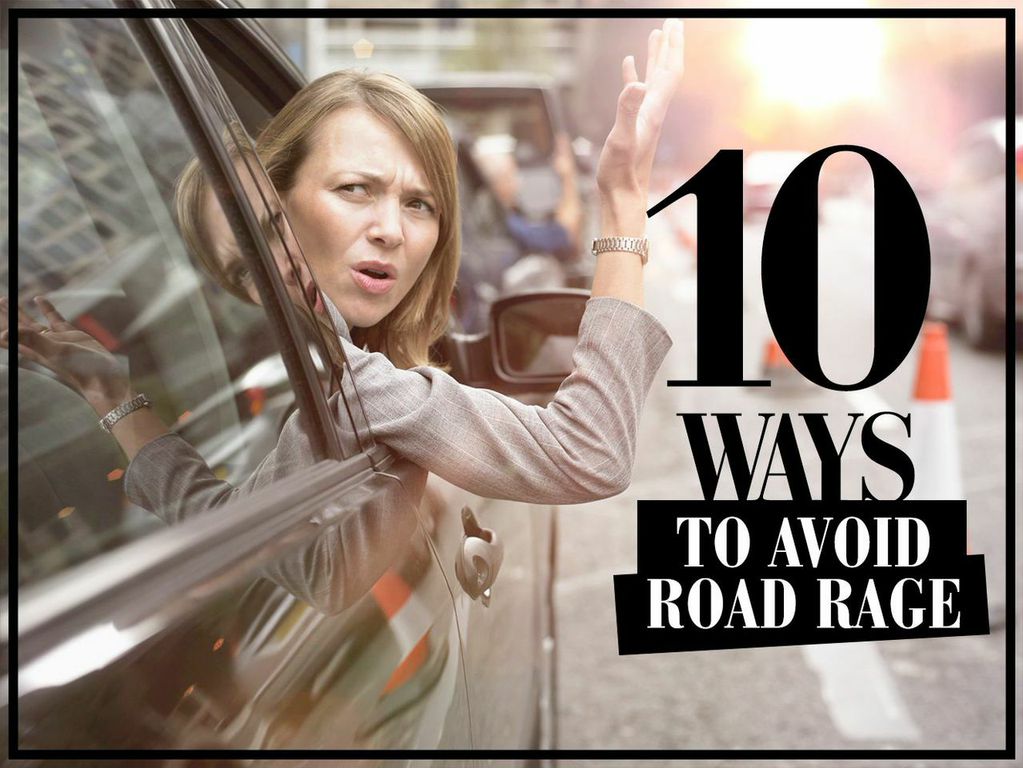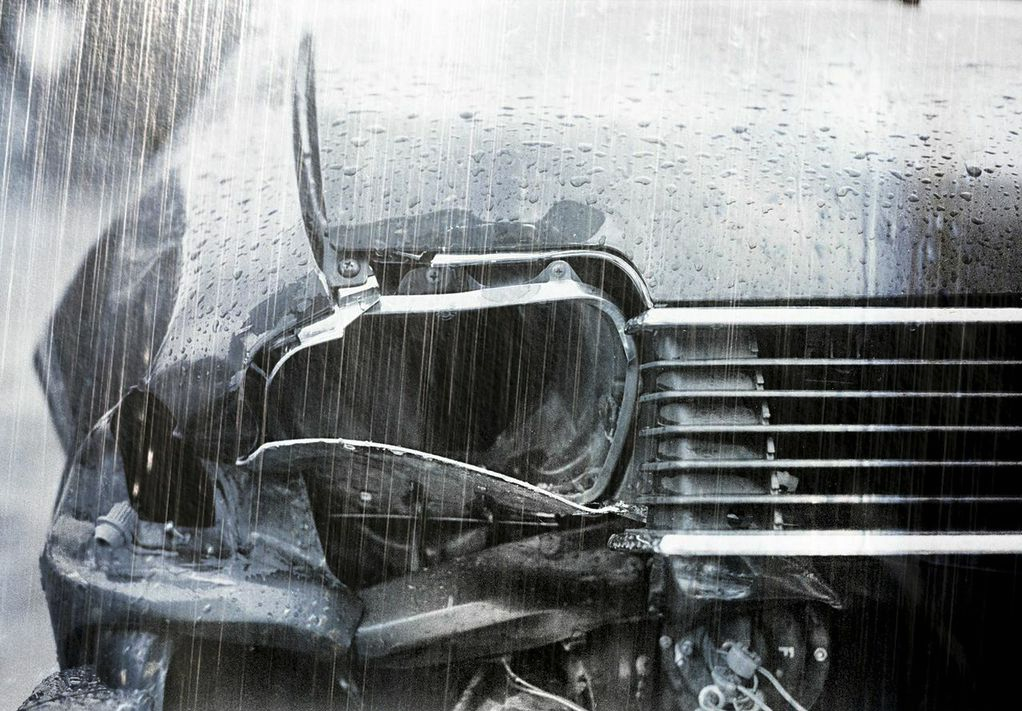Alrighty, folks! I don’t necessarily think this is a debate, but I thought I’d enlighten y’all on the differences between lap belts and shoulder restraints when it comes to seatbelt safety.
First off, a lap belt is simply the strap that goes across your waist, or lap, while a shoulder restraint not only has the lap belt, but also a strap coming down from your left or right shoulder and diagonally crossing your chest.
Now I’m totally team shoulder restraint. Why? Here are some facts that might scare you… (sorry):
- “Seat Belt Syndrome. Seat Belt Syndrome, or SBS, is a phrase that was originally coined by the medical community in the late 1950s and early 1960s to describe injuries that physicians were seeing as a result of occupants wearing lap-belt-only restraints in frontal collisions. These injuries typically include: (1) severe abdominal injuries, (2) fractures of the lumbar spine, and (3) serious closed head and facial injuries. These injuries are primarily the result of the occupant’s body jackknifing over the lap belt, at the waist, during the collision. Under such circumstances, the lap belt causes extreme force to be applied along the pelvis to the mid-section of the occupant. Securing the waist without securing the upper torso leads to increased head and neck velocities, which can cause serious head and neck injuries following either a head strike or inertial loading of the spine. A majority of these injuries can be prevented by the installation of an integrated three-point belt or other upper-torso restraint. (http://www.mobar.net/journal/1999/mayjun/langdon.htm)
- “Kathleen Weber’s research paper “Crash Protection for Child Passengers” says:
- The question of fatality reduction effectiveness of rear-seat lap vs. lap/shoulder belts has recently been addressed in an extensive double-pair analysis by Morgan in which children of age 5 through 14 were included and evaluated separately. The conclusions for rear-outboard occupants in this age group are that lap-belted children were 38% less likely to die than unrestrained children, while lap/ shoulder-belted children were less likely by 52%. The lap/shoulder belt was found to reduce fatalities 26% over lap belts alone for children 5 through 14 in all crashes and 31% in frontal crashes, and children derived more relative benefit from the lap/shoulder belt than did the adult groups. Further analysis with supplemental cause of death data indicated that both types of belted children were somewhat more likely to receive abdominal injuries than unrestrained children, but the increase for the adult groups in lap belts was much greater. Finally, both belt systems markedly reduced fatal head injuries, but these were still twice as likely among lap-belted than lap/shoulder-belted children. This study makes it clear that shoulder belt use is very beneficial for older children.”






No Comments